Lee Hartmann0521785200, 9780521785204, 0521435072, 9780521435079
Table of contents :
Title……Page 1
Contents ……Page 2
Preface……Page 5
Acknowledgements ……Page 7
1 Overview ……Page 8
1.1 Molecular clouds ……Page 9
1.2 Young stars ……Page 11
1.4 Long-wavelength emission: dusty envelopes and disks ……Page 14
1.5 Imaging of disks ……Page 16
1.6 Disk accretion ……Page 17
1.7 A picture of stellar accretion ……Page 20
2 Initial conditions for protostellar collapse ……Page 23
2.1 Observations of molecular cloud cores ……Page 24
2.2 Fragmentation and cores ……Page 26
2.3 Virial theorem and cloud stability ……Page 30
2.4 Fragmentation vs ‘cloud’ stability ……Page 32
2.5 Centrally-concentrated clouds ……Page 33
2.6 Stability of magnetized clouds ……Page 35
2.7 The magnetic flux problem(s) ……Page 37
3.1 Free-fall collapse of a uniform cloud ……Page 42
3.2 Similarity solution for collapse ……Page 43
3.3 Generalized models of protostellar collapse ……Page 48
3.4 Rotating collapse ……Page 50
3.5 Time evolution of rotating collapse ……Page 56
3.6 Disk formation ……Page 57
4 Protostellar collapse: observations vs theory ……Page 59
4.1 SEDs ol low-mass ‘protostars’ ……Page 61
4.2 SEDs of spherical infalling envelopes ……Page 64
4.3 SEDs for rotating collapse models ……Page 69
4.4 The Class 0 sources ……Page 73
4.5 Envelope ‘holes’, outflows, and flattened collapse ……Page 74
4.6 Spatial distribution of emission ……Page 76
4.7 Detection of infall Doppler shifts ……Page 78
5 Disk accretion ……Page 84
5.1 Energy minimization and angular momentum conservation ……Page 85
5.2 The thin accretion disk ……Page 88
5.3 Sources of viscosity and/or angular momentum transport ……Page 94
5.4 The steady optically-thick disk ……Page 99
5.5 The alpha disk ……Page 102
5.6 Disk boundary layers ……Page 103
5.7 Disk irradiation ……Page 105
6 The disks and envelopes of T Tauri stars ……Page 109
6.1 Disks? ……Page 112
6.2 Infrared emission of T Tauri disks ……Page 115
6.3 Long-wavelength emission: disk masses, sizes ……Page 120
6.4 Disk accretion ……Page 123
6.5 The WTTS ……Page 130
6.6 Infalling envelopes and flat spectrum sources ……Page 134
7 The FU Orionis objects ……Page 139
7.1 Basic observational properties ……Page 141
7.2 The steady accretion disk model ……Page 143
7.3 Disk properties ……Page 150
7.4 Time variability and circumstellar envelopes ……Page 152
7.5 Outburst mechanisms ……Page 154
7.6 The boundary layer problem ……Page 159
7.7 Outburst statistics and evolutionary significance ……Page 160
8.1 Outflows and jets ……Page 161
8.2 P Cygni profiles ……Page 163
8.3 FU Ori disk winds ……Page 167
8.4 T Tauri winds ……Page 169
8.5 Mass loss rates from permitted absorption lines ……Page 171
8.6 Mass loss rates from forbidden emission lines ……Page 175
8.7 Magnetocentrifugal acceleration and collimation ……Page 178
8.8 Magnetohydrodynamic flows ……Page 180
8.9 MHD disk winds ……Page 183
8.10 Applications of MHD disk wind theory ……Page 187
8.12 Models of magnetospheric accretion ……Page 190
9 Disk accretion and early stellar evolution ……Page 196
9.1 Pre-main-sequence stellar evolutionary tracks ……Page 197
9.2 Observational HR diagrams: Taurus ……Page 200
9.3 Formation of protostars ……Page 203
9.4 The ‘birthline’ ……Page 206
9.5 Stellar evolution with disk accretion ……Page 208
9.6 Comparison with observations ……Page 212
9.7 Disk evolution ……Page 215
Appendix 1 Basic hydrodynamic and MHD equations ……Page 218
Appendix 2 Jeans masses and fragmentation ……Page 220
Appendix 3 Basic radiative transfer ……Page 223
List of symbols ……Page 228
Bibliography ……Page 231

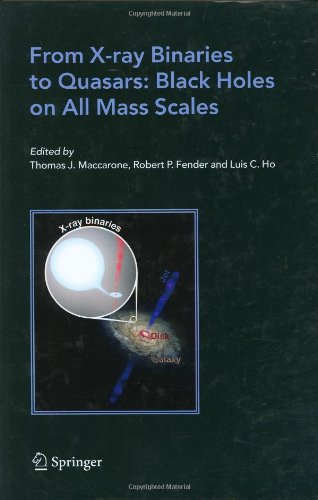
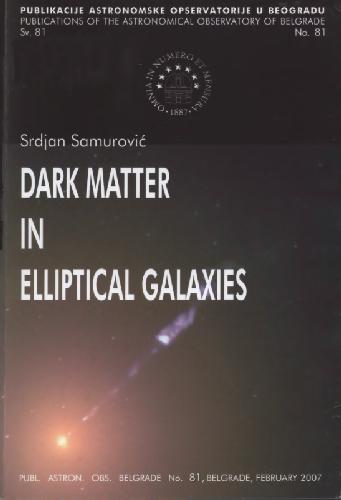
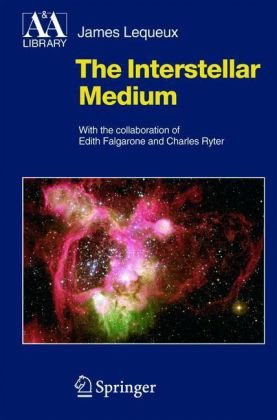
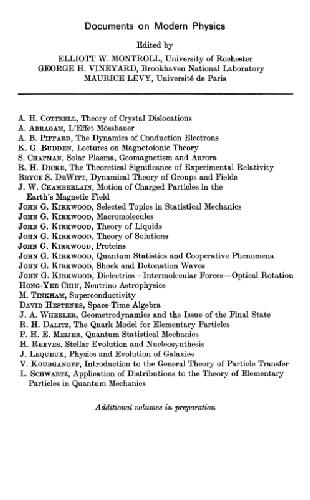
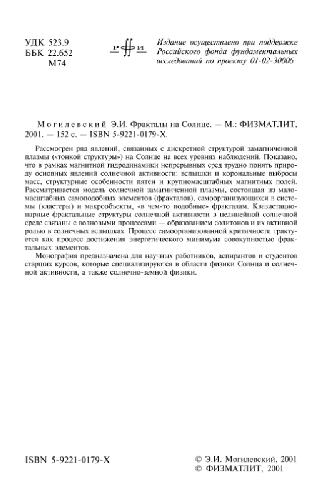

Reviews
There are no reviews yet.